Round trip through the south of Thailand – travel planning:
For the round trip through the south of Thailand ten days were planned. From Beijing we took a five hour direct flight to Phuket.
After a three-day stay, we took the ferry to the island of Ko Phi Phi and after an overnight stay, we moved on to Ao Nang in the Krabi province.
We planned two days for Au Nang before we drove to Khao Sok National Park and finally back to Phuket.
Thailand is summery warm all year round. From April to October is the rainy season and significantly more precipitation is to be expected. The air can be cloudy in March as many farmers burn the straw in the fields.
Arriving in Ao Nang in the Krabi Province:
Krabi is an hour's speedboat ride from Ko Phi Phi Island. The ferry takes twice the time. The best way to get to Ao Nang from Klong Jilad Pier is by taxi. The journey takes about 45 minutes.
The property features two outdoor swimming pools.
The included breakfast buffet is very rich and offers local and international delicacies.
Excellent local and international restaurants are close to the accommodation.
Tour to the Railay Beach:
Today we wanted to discover the Rai Leh Peninsula. The easiest and fastest way to get there from Ao Nang is by boat. Long-tail boats operate between the beaches from morning to evening. The journey takes about a quarter of an hour.
Railey's main beach is located in a bay surrounded by karst mountains. But it is not the only thing to see and discover on the Rai Leh Peninsula. In addition to caves, there are also viewpoints on the mountains. The rock walls are wonderful for climbing. In addition, some water sports are offered.
Numerous cafés and restaurants invite you to linger and enjoy the local specialities. The peninsula can easily be explored by walking.
The Diamond Cave is the largest cave on Rai Leh. In addition to stalagmites and stalactites, we were able to observe various species of bats. The visit was chargeable.
There was also a lot of activity on the east side of the peninsula. In addition to the floating jetty, where ships continuously docked and cast off, mainly climbers were out around here. Guided courses were offered directly on site.
The most popular beach for bathers is Ao Phra Nang Beach on the western shore. Between the Bat Cave in the north and the Princess Cave in the south lies a gorgeous white sandy beach. The crystal clear water invites you to swim.
Climbing tour to the viewpoint:
From the beach we set out to find one of the viewpoints. A steep path secured with a few ropes leads up the mountain. Sturdy, non-slip shoes were required in order not to lose your footing on the loamy ground.
The viewpoint rewarded us with a magnificent view of the peninsula for the effort of the climb. There are other vantage points with spectacular views on the peninsula. Unfortunately, these are reserved for climbers and can only be reached with the appropriate equipment.
In addition to different types of coffee, there are also the tastiest tropical sundaes. A delicious treat!
At sunset we took the boat back to the beach of Ao Nang and enjoyed the last rays of the day there.
Another day ended with a colorful spectacle.
Hot Steam Krabi, Hot Springs in the jungle:
Today we wanted to explore the interior of the country. With a local driver, we set off to find the places of Krabi Province that are particularly worth seeing.
The first destination was the Hot Stream, a wetland on a hot spring in the middle of the jungle.
After a swim in the warm pools by the waterfall, you could cool off in the river. At around 22°C, the water in the river is significantly cooler and very refreshing.
The way back to the parking lot led through tropical jungle along the hot water. A nearby, dormant volcano is the reason for the warmer than average spring water.
Hike to Emerald Pool:
The next destination on our drive through Krabi Province was the Emerald Pool. A naturally formed pool filled with spring water, which also offered the opportunity to swim.
The approximately one kilometer long way there led through dense, untouched jungle.
Apart the rainy season, the river has little water and flows slowly. During the rainy season, between April and October, the stream is significantly wider and deeper.
The all year moist soil provides a habitat for numerous animal and plant species.
Auf halbem Wege passierten wir den „Cristal Pool“, der seinen Namen auf Grund des herrlich klaren Wassers trägt.
The Emerald Pool offered a welcome refreshment. A great place where we could relax and enjoy nature for a while before continuing our hike.
After cooling off, we went a little deeper into the jungle. After another 500 meters you reach the Blue Pool, which was created by a hot spring below the earth's crust. Swimming is strictly forbidden here, as the Blue Pool is filled with quicksand, which is an absolute danger to life.
Wat Tham Suea, the Tiger Cave Temple:
Another attraction in Krabi is the Tiger Cave Temple. The temple itself is at the foot of the mountain and can be reached by walking within a few minutes from the parking lot.
However, if you want an overview from above, you have to climb 1260 steps. In tropical temperatures that was quite an exhausting activity.
A view into the Tiger´s Cave and to the tigers which are guarding the entrance. There were also plenty of monkeys here.
The ascent to the large Buddha statue led through densely forested, steep terrain. Beverages and loose objects should also be safely stowed away from possible monkey attacks.
The golden Buddha is enthroned at the top and you have a great view over the province. Unfortunately, the weather got a little worse and a rain shower was announced, so the view was a bit clouded.
After the descent, we had to drive back to our accommodation, where we could prepare for the onward journey to Khao Sok National Park in the evening.
Driving from Ao Nang to the Khao Sok National Park:
The mosque in Ao Nang, which we passed on the way to Khao Sok National Park, shows that Thailand is not only influenced by Buddhism, but also by other religions.
The temple complex Wat Maha That Wachiramongkol:
The gigantic, golden tower of Wat Maha That Wachiramongkol could already be seen from afar. The fascinating details could only be discovered on closer inspection.
The decoration of the entrance area clearly shows that elephants are considered sacred in Thailand.
The attention to the artistic and architectural details that could be seen in every corner of the complex made the visit impressive and entertaining.
In addition to the elephant, the dragon also has a special meaning in Buddhism and could also be found in various forms in the Wat Maha That Wachiramongkol Temple.
Seen from every perspective, the temple complex was absolutely impressive and the visit was more than worth it.
The closer you get, the more details become visible and give the temple complex its unique style.
The Khao Sok National Park:
The accommodation consists of a large number of small wooden houses and is located on the edge of the national park. It's a good idea to have thin, long-sleeved clothing and plenty of bug spray.
Excursions and tours can be booked directly at the hotel reception. The pick-up also takes place there.
The price does not include breakfast. If you want, you can order breakfast in the restaurant at the reception or you can eat outside the accommodation.
During the day, the Khao Sok National Park can be explored on your own on various hiking trails. After dusk, access is only permitted with a guide who knows the area. We decided to join a guided night hike and spent the remaining time exploring the area outside the park.
Viewed from above, it became clear to us why our accommodation bears the name Morning Mist. Even during the day, parts of the park were shrouded in light fog. The reason was the high humidity and the sometimes short but heavy tropical rain showers. These occur especially during the rainy season from April to October.
The Elephant Sanctuary in Khao Sok National Park:
Towards evening it is not only time for us humans to eat, animals are hungry as well, so we helped feed the elephants in the Khao Sok elephant sanctuary.
The elephants living here were once abused as working animals in timber production. After being freed, they can enjoy a well-cared and heavily protected life in the sanctuary.
If they were hungry, they can also be hand-fed. Otherwise, they went their own way on the vast grounds and could hardly be disturbed by almost anything.
Night hike through the jungle of the Khao Sok National Park:
After dusk, the two and a half hour night hike through the jungle of the national park began.
The night hike started right at the hotel and took place in a small group. The local guide tried to show us as much of the night life in the national park as possible.
In addition to colorful dragonflies, lizards are also active at dusk.
In addition to the southern spectacled langur, we also spotted a green pit viper in the branches of the trees.
The most diverse species of spiders are also at home in the jungle of Khao Sok. Some of them are even larger than a hand.
The centipede and the king cobra are among the creatures that make their home here. There were also scorpions and other animals, of which some were deadly poisonous.
For that reason, it made perfect sense to have an expert guide by our side. The tour was, even if a bit scary at times, highly instructive and various.
The Ratchaprapha Reservoir in the Khao Sok National Park:
The next morning, after breakfast, we were picked up at the accommodation and drove for one and a half days to Ratchaprapha Reservoir, which occupies a large part of the national park. We stayed in one of the numerous floating accommodations on the lake. The journey took about 2 hours.
The construction of the dam began in February 1982. The inauguration of the project took place in 1987. In addition to generating electricity, the lake is also used for flood protection, irrigation and fishing. In addition, the body of water is a popular excursion and tourism destination.
By wooden boat out onto the reservoir:
The boat went out on the lake. Despite the fast drive, it took us almost an hour to get to our accommodation.
Our floating accommodation was located in a quiet bay between small islets.
The bird's-eye view illustrates the gigantic dimensions of the reservoir.
It was one of the absolute highlights of the trip.
On an island right next to our accommodation, an elephant cow and her baby took the opportunity to cool off in the lake.
The two elephants stayed by the water for several hours and were not disturbed by anything.
It was a very special experience to watch the wild elephants up close.
In the afternoon we went out again by boat to explore the area on the lake and the small islands.
From time to time we could drive into small bays surrounded by mountains and discover fascinating rock formations.
There was also a lot to discover on land. The moist soil provides a habitat for numerous animal and plant species. On the rocks we were able to discover some wild bee nests before we visited the cave below.
Experienced hiking skills were required in the cave, which was only provisionally developed. The wet ground was extremely slippery and it was easy to get distracted by other things. In addition to giant spiders, there were also various species of bats and even two young flying foxes cuddled up close to each other.
The fungus infestation on dying wood shows that we were walking in wild, untouched nature.
After returning to the accommodation there was still time to take a few shots with the drone before the sun went down.
A little later, darkness fell after the sun disappeared behind the mountains.
Searching for the inhabitants of the jungle:
The next morning, before breakfast, we took the boat again to look for other jungle dwellers. In addition to various species of monkeys romping between the trees, we could also see a few hornbills flying by.
Around noon we were back on land and were warmly welcomed by a school class that was taught about the national park.
In the late afternoon we were picked up by the Morning Mist Resort and taken to Phuket.
Back on Phuket Island:
We spent the last night on Phuket in the Holiday Inn Resort at Patong Beach. The hotel is located directly at the beach promenade and offers swimming pools and a very good open-air restaurant.
The breakfast buffet offered there is very rich and very tasty. Both local and international delicacies are offered.
The helpful staff will be happy to help you plan and organize tours and excursions. We used the last half day for a relaxed stroll and shopping in Patong before we were taken to the airport in the afternoon.
Conclusion:
Krabi Province and Khao Sok National Park are certainly not the most famous travel destinations in Thailand. But that is exactly what made these areas particularly interesting, as it is much quieter and more authentic there.
Especially the time in Khao Sok National Park was extremely interesting and filled with interesting highlights of the trip. If you want to discover the interior of Thailand in addition to the typical destinations by the sea, you have come to the right place.

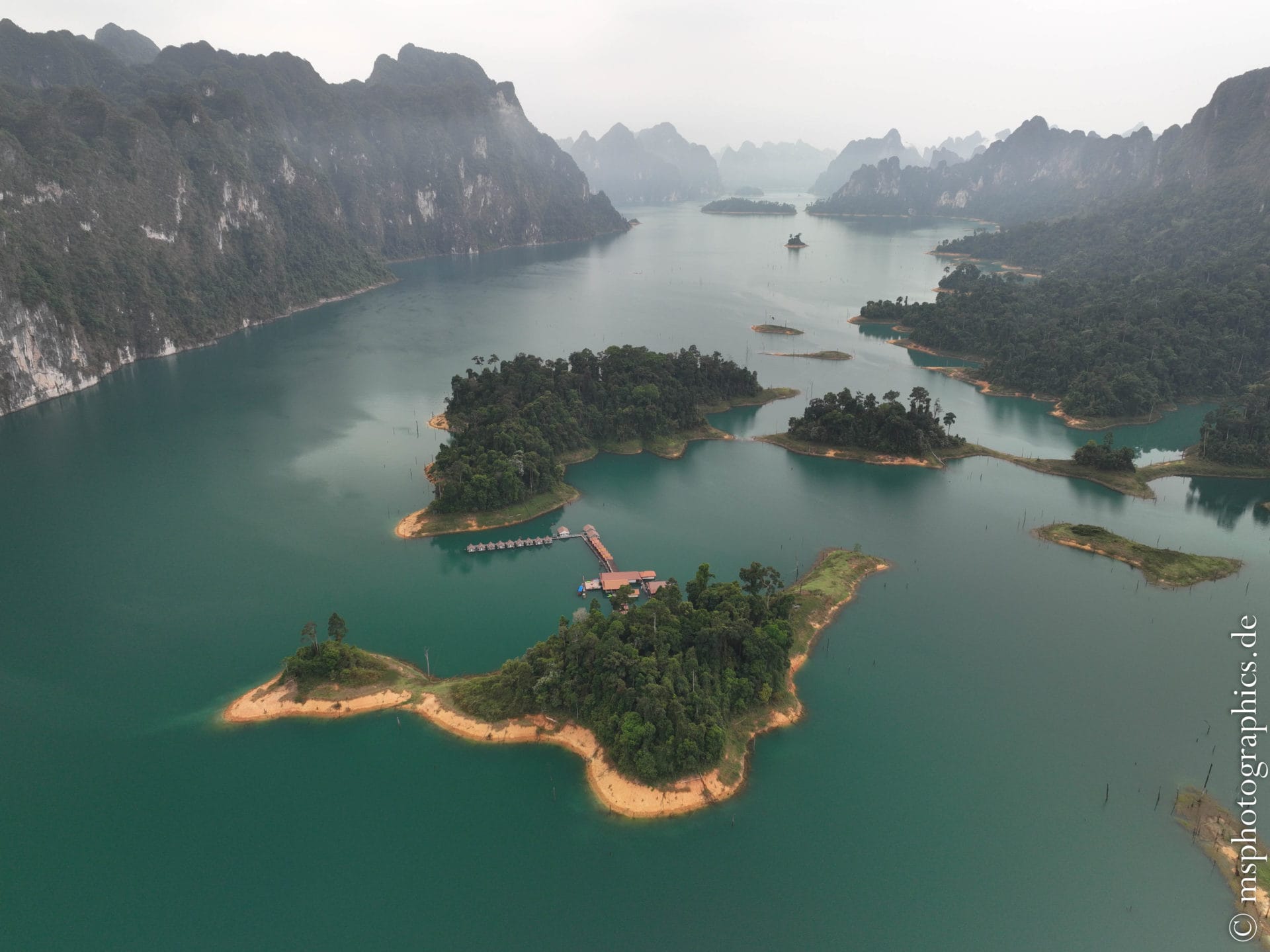




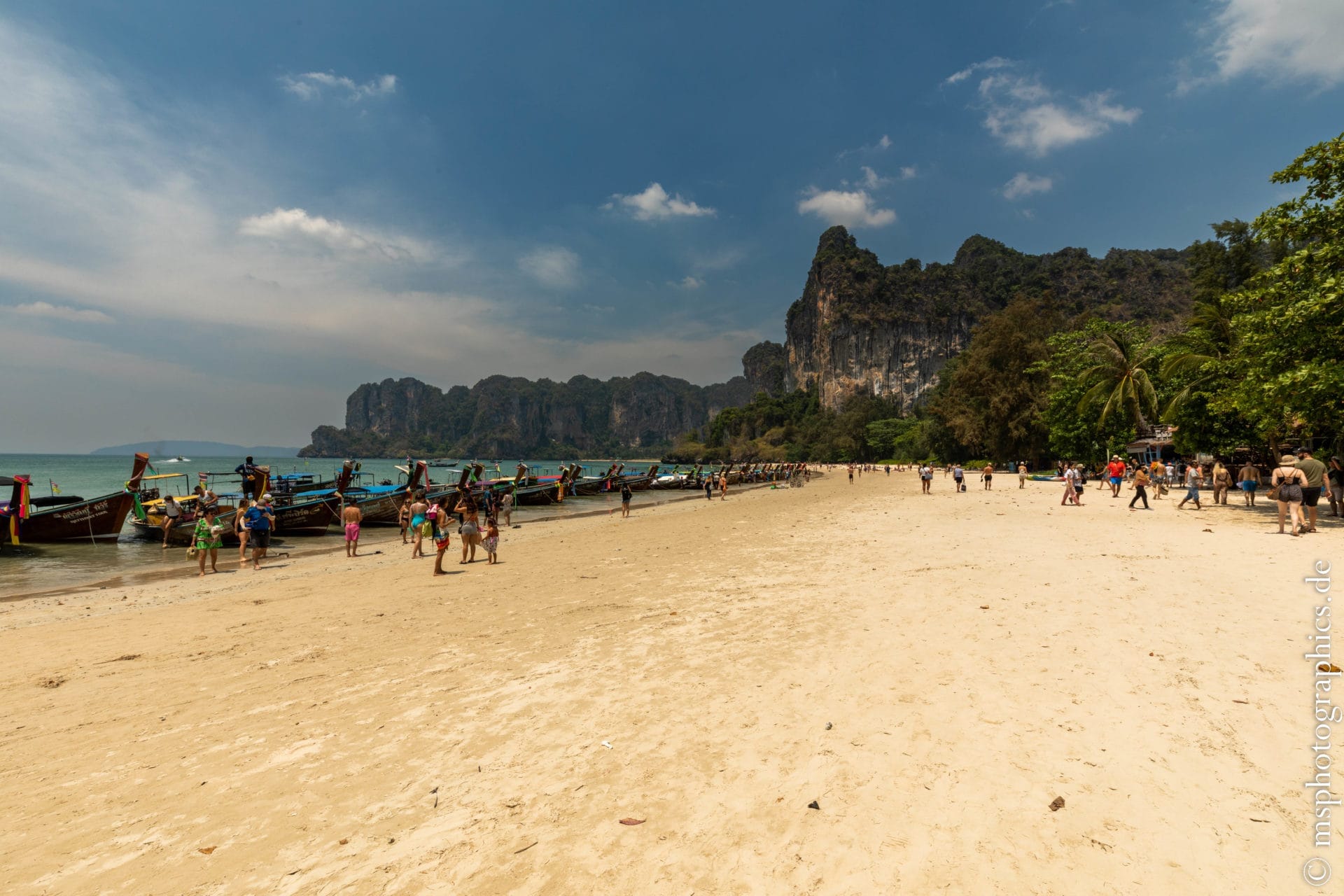


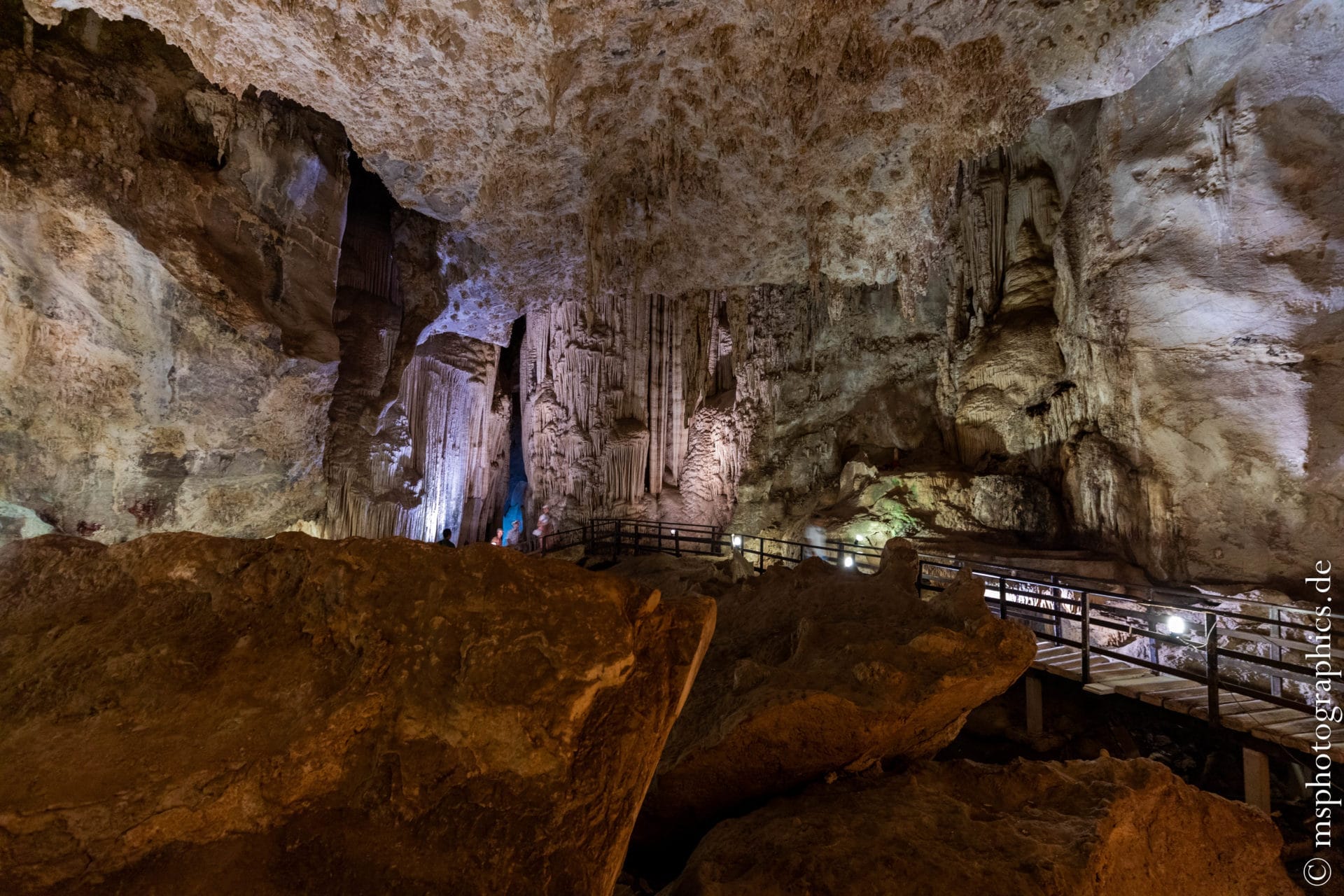
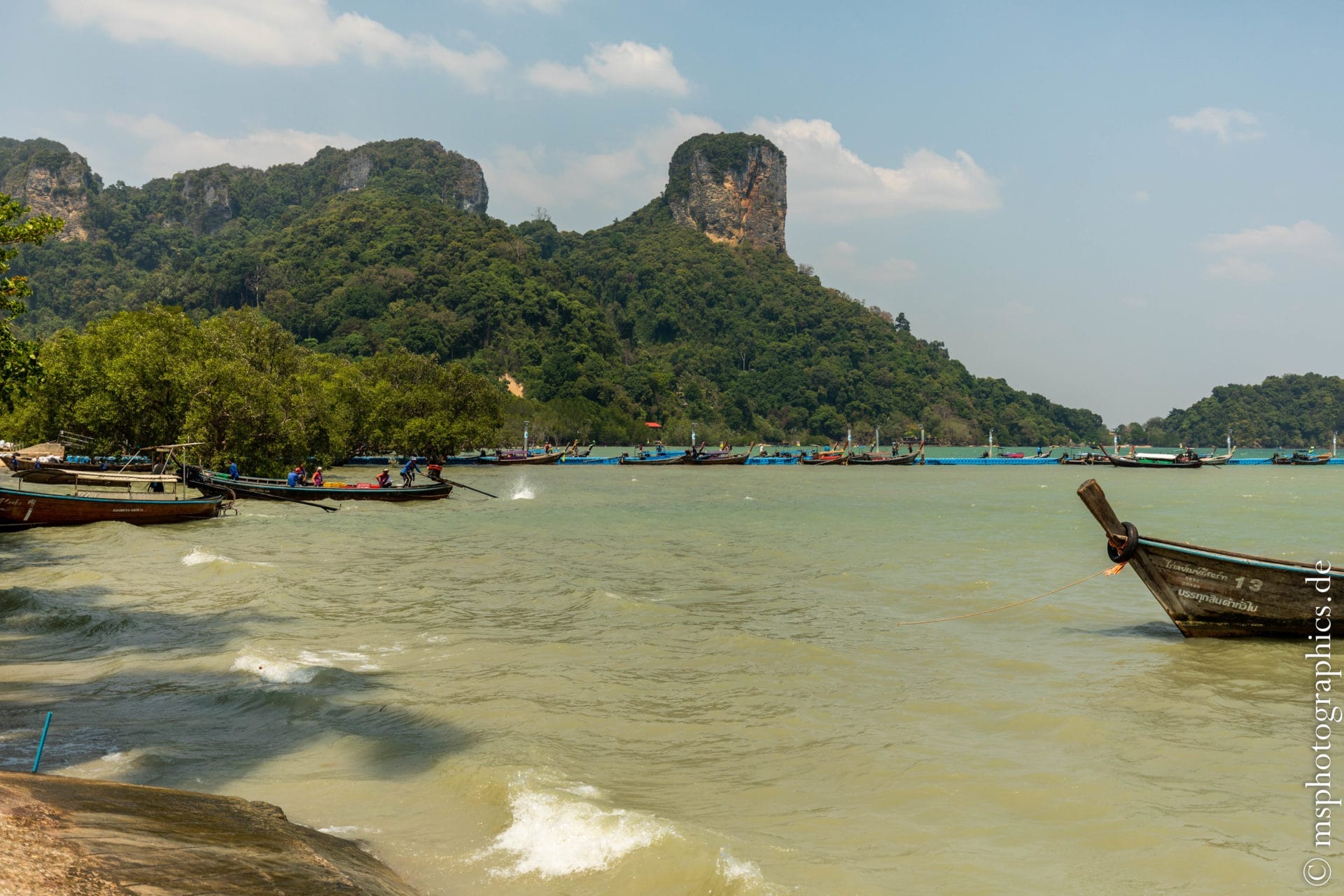
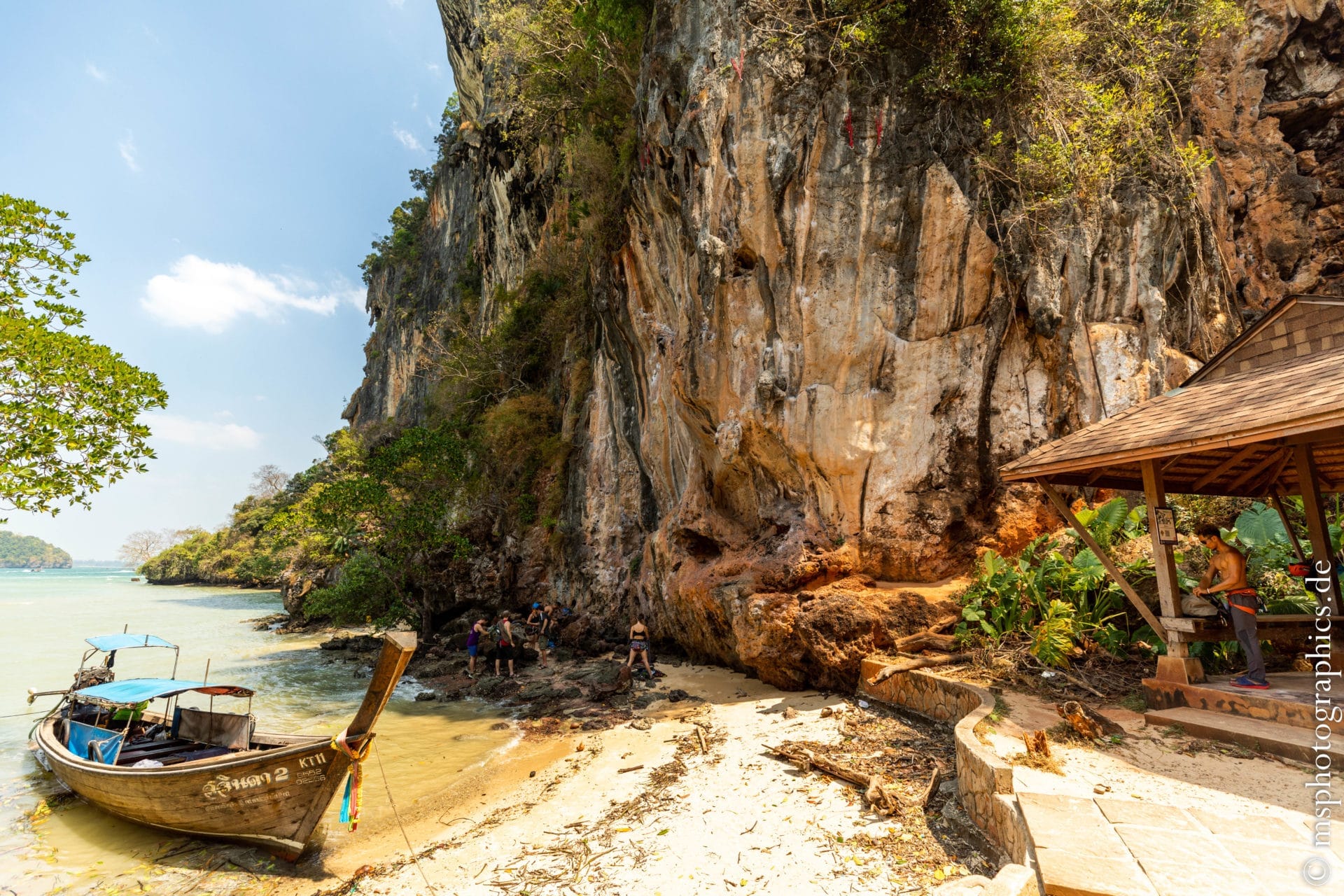




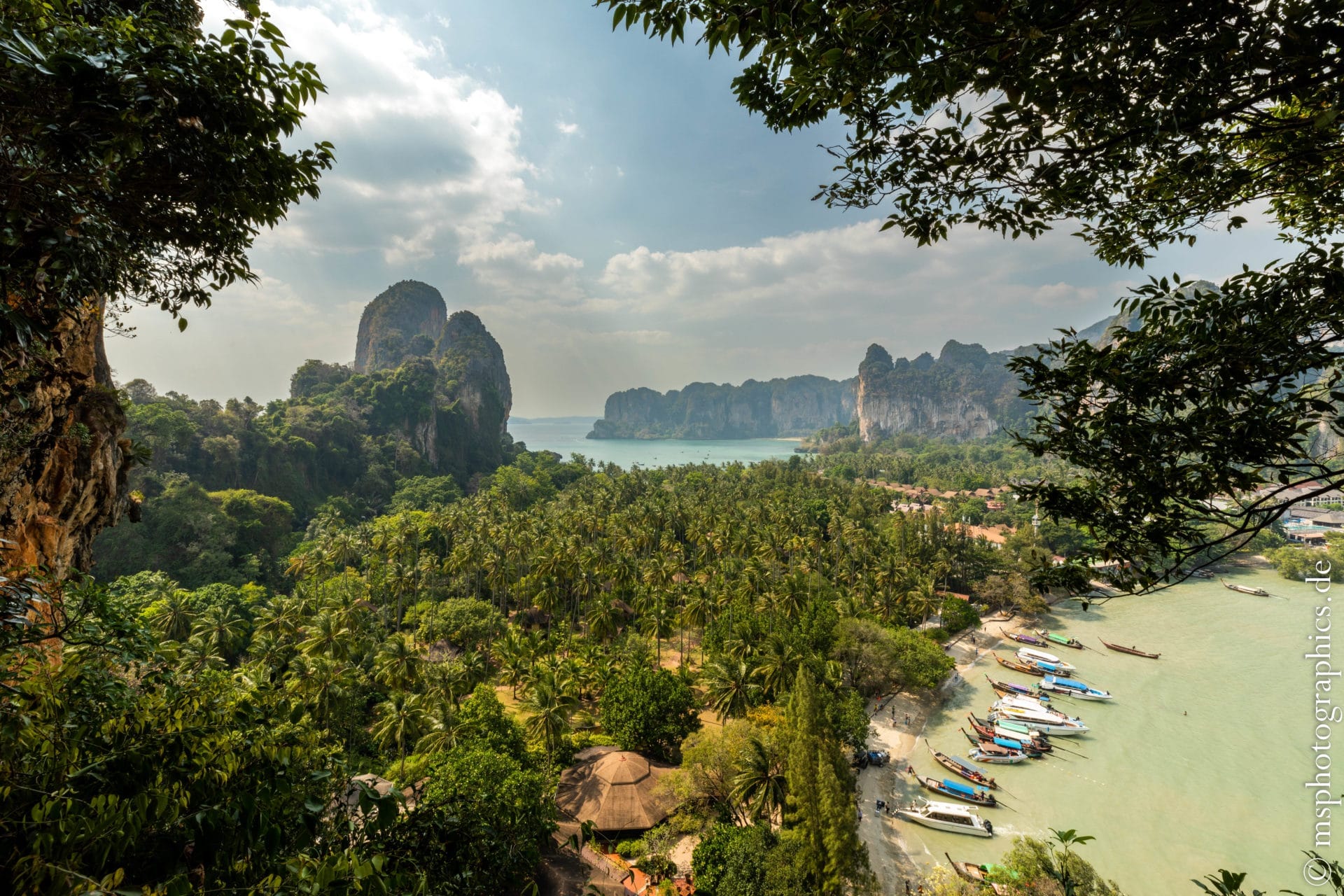
















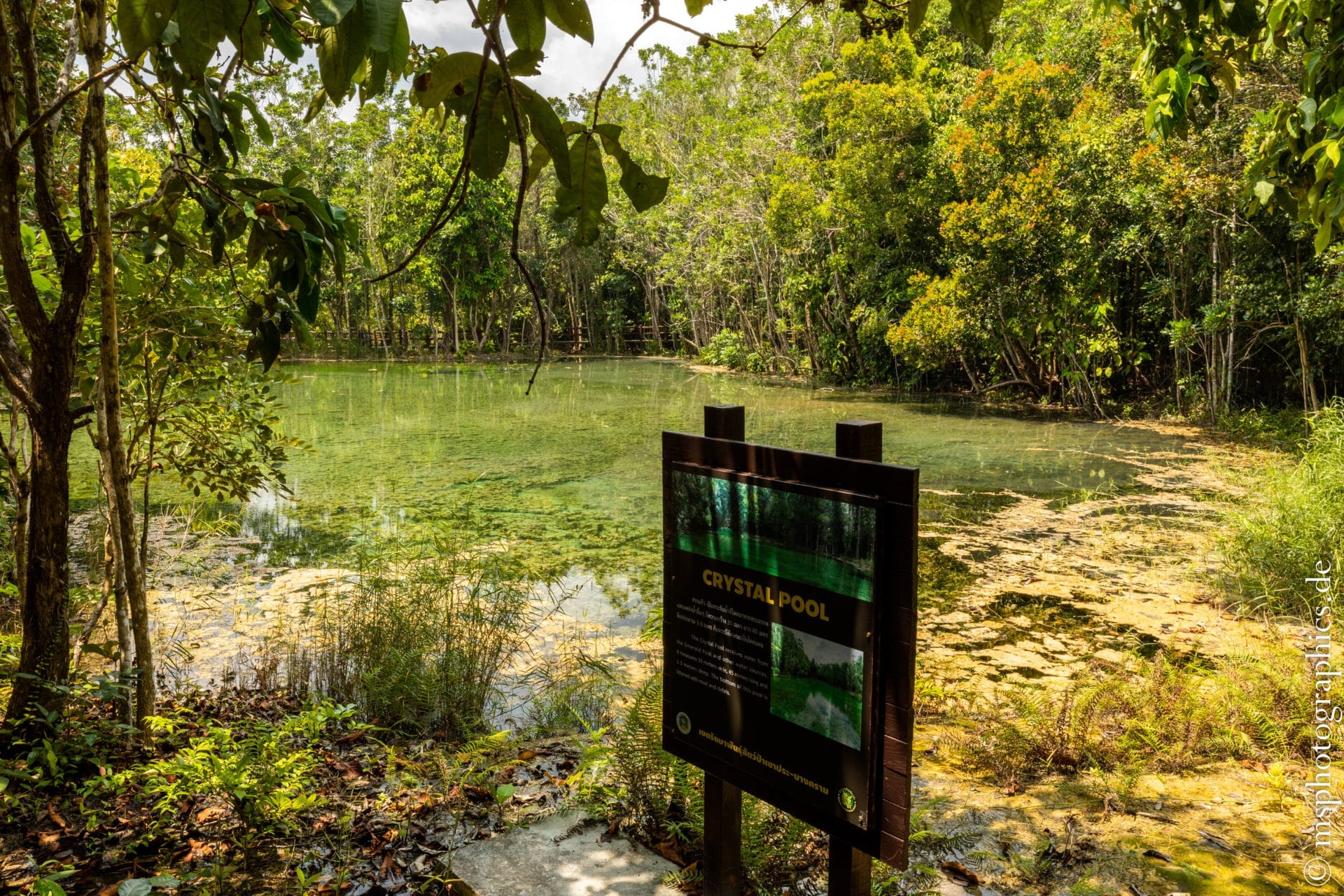







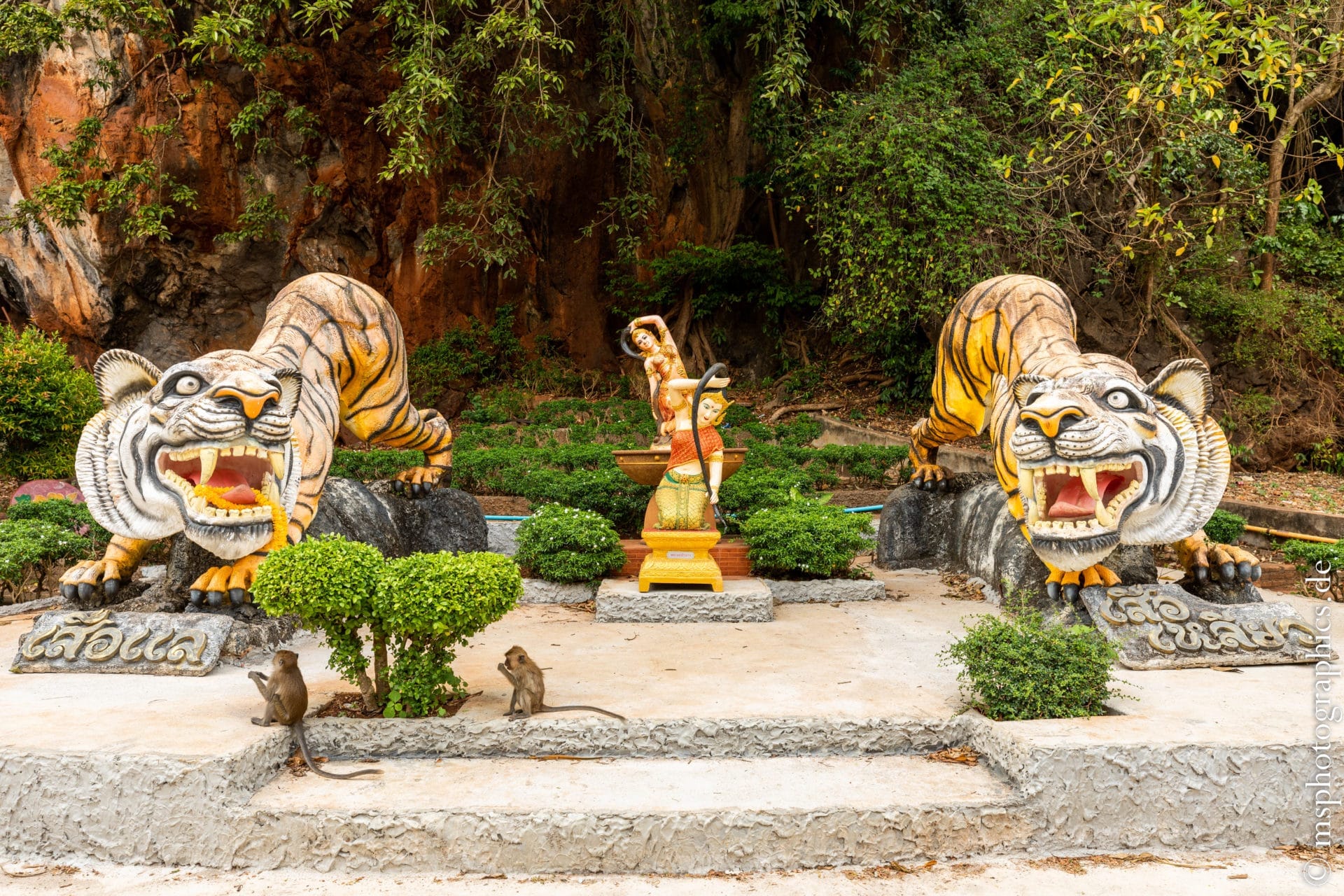







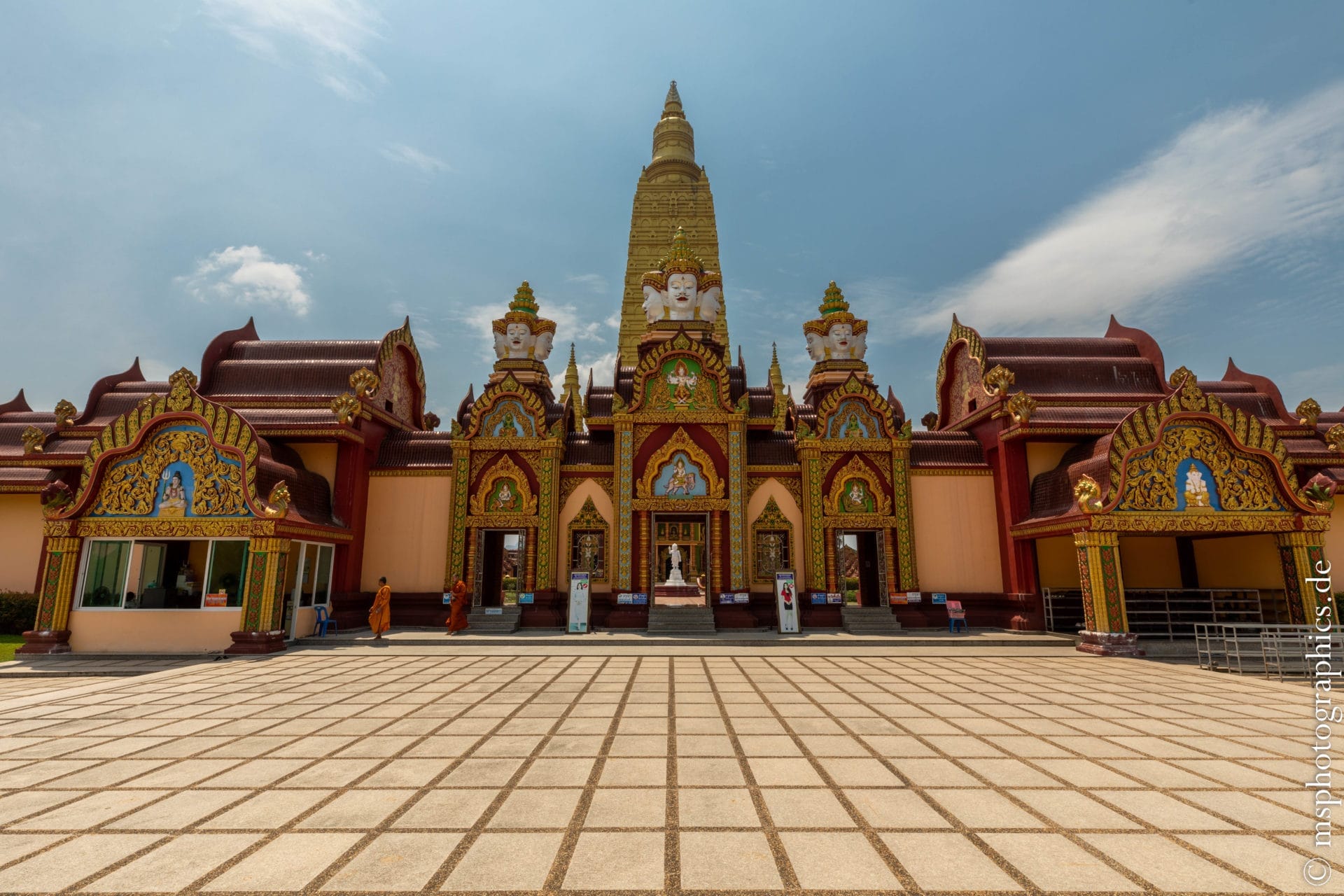




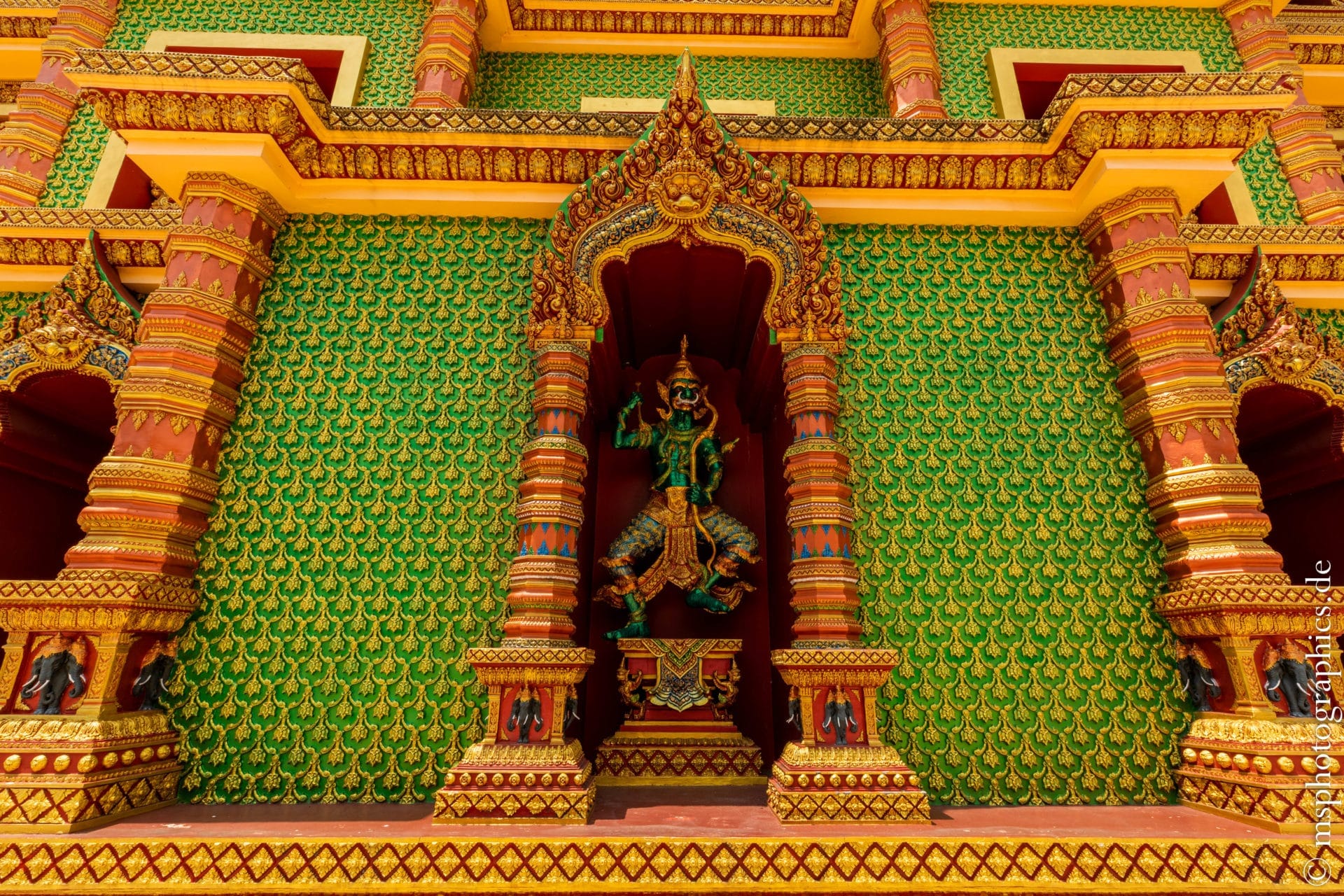
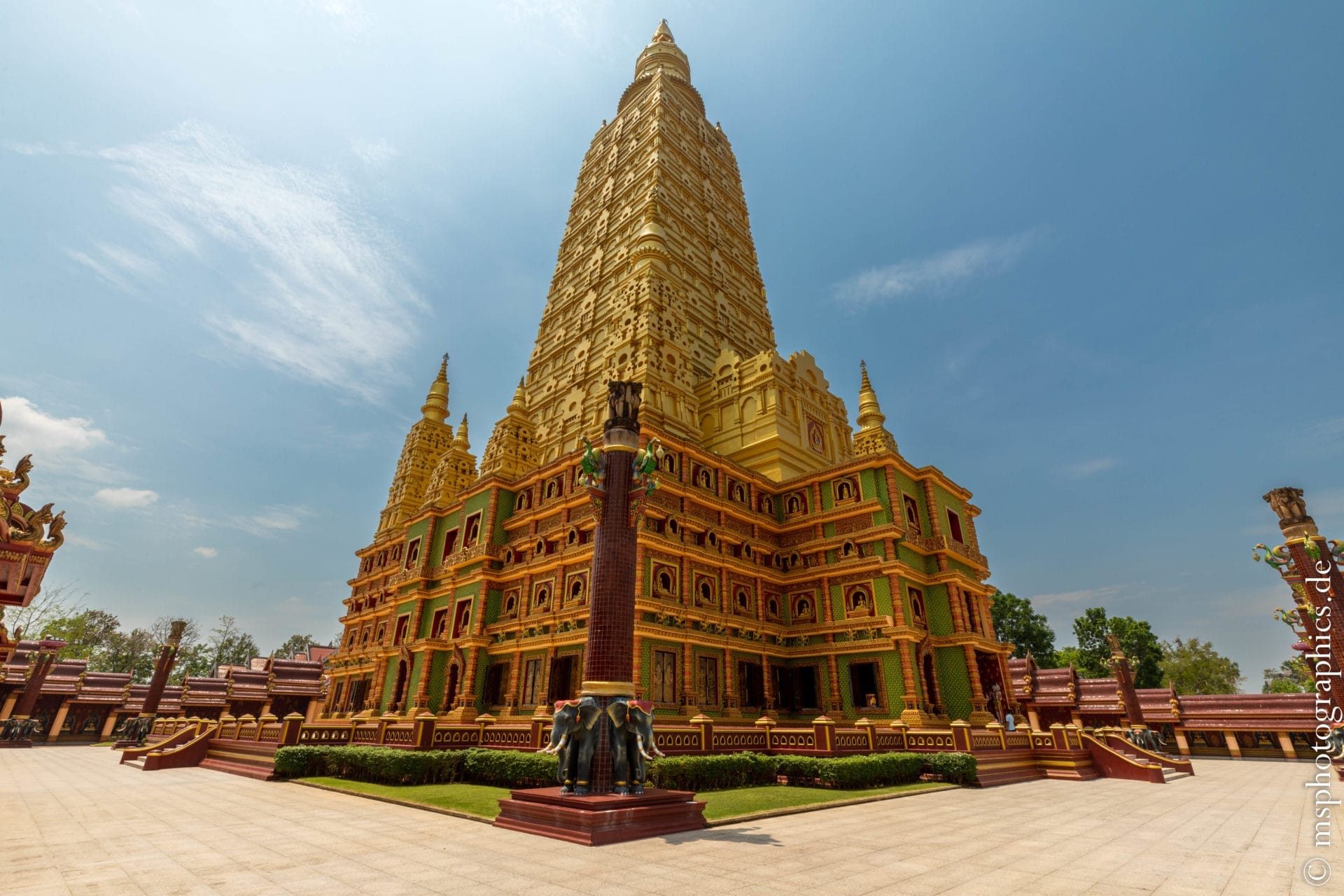
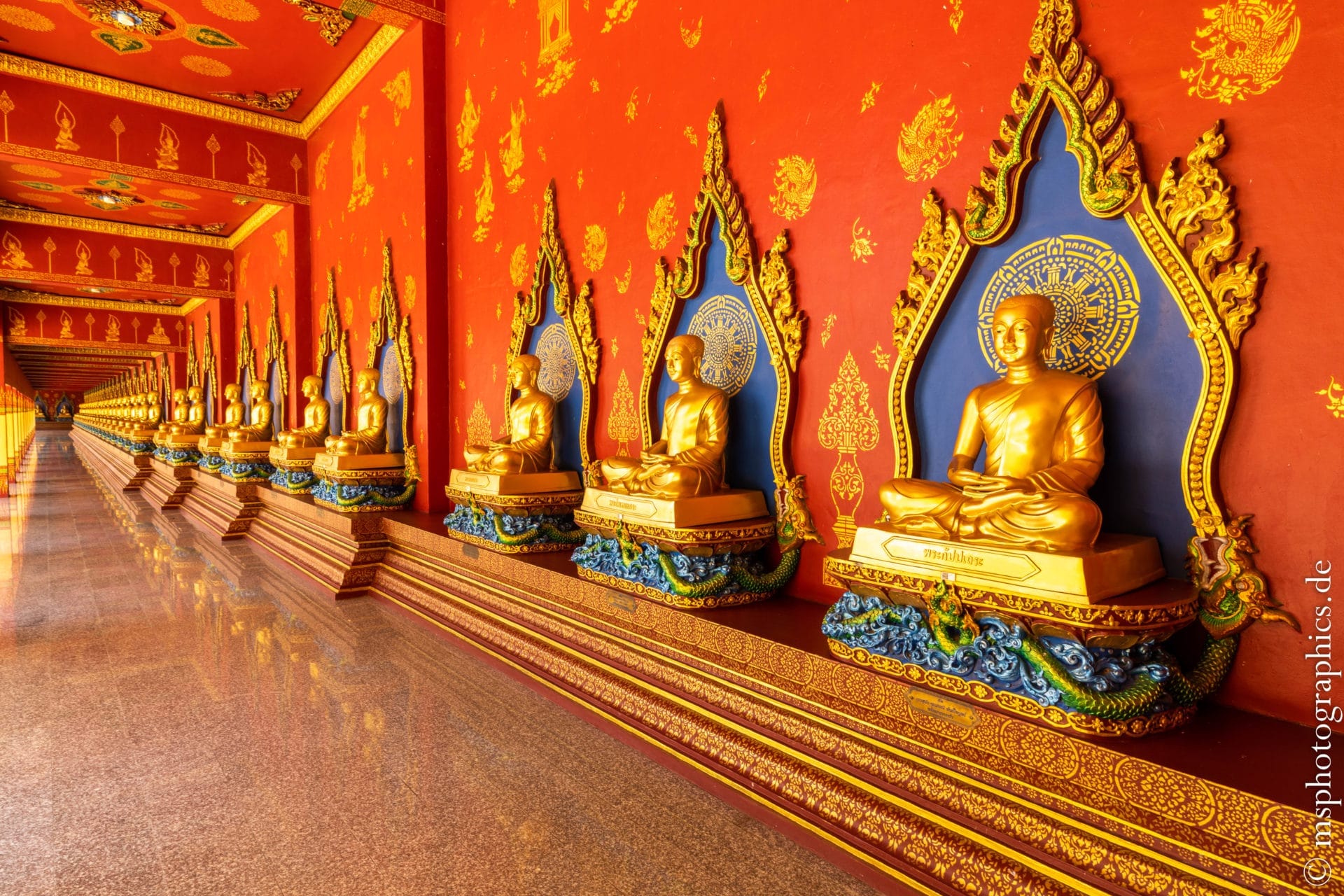





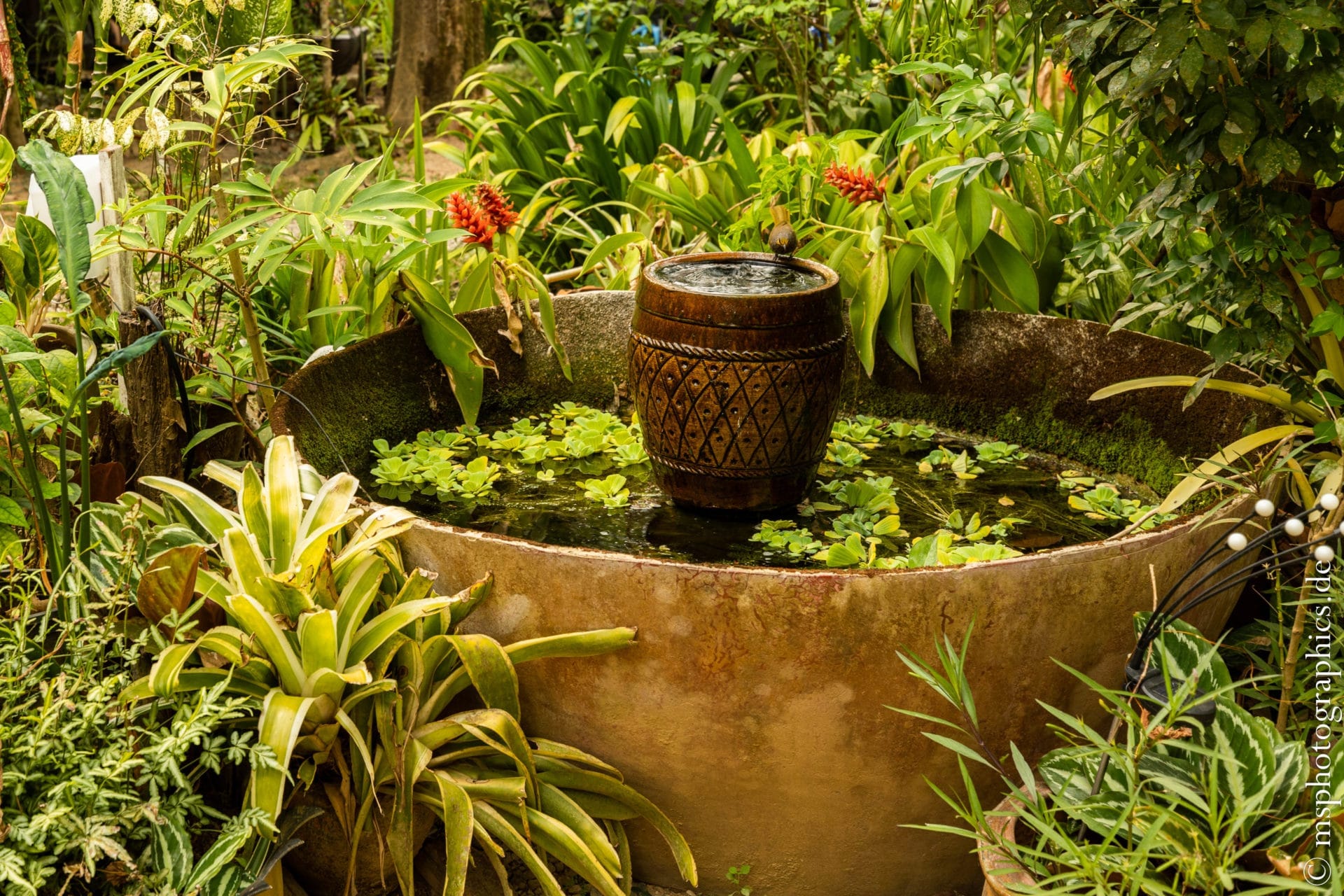


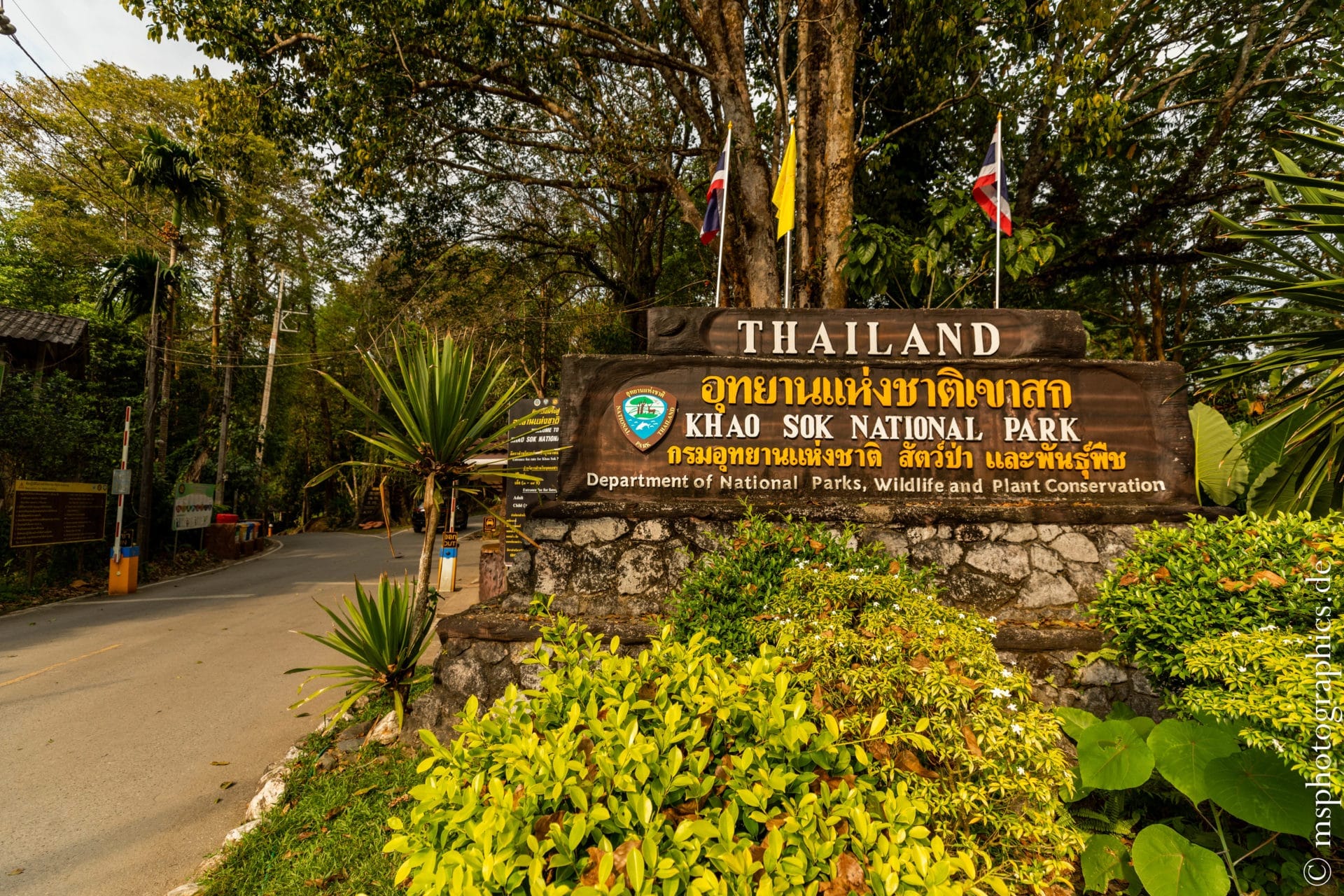
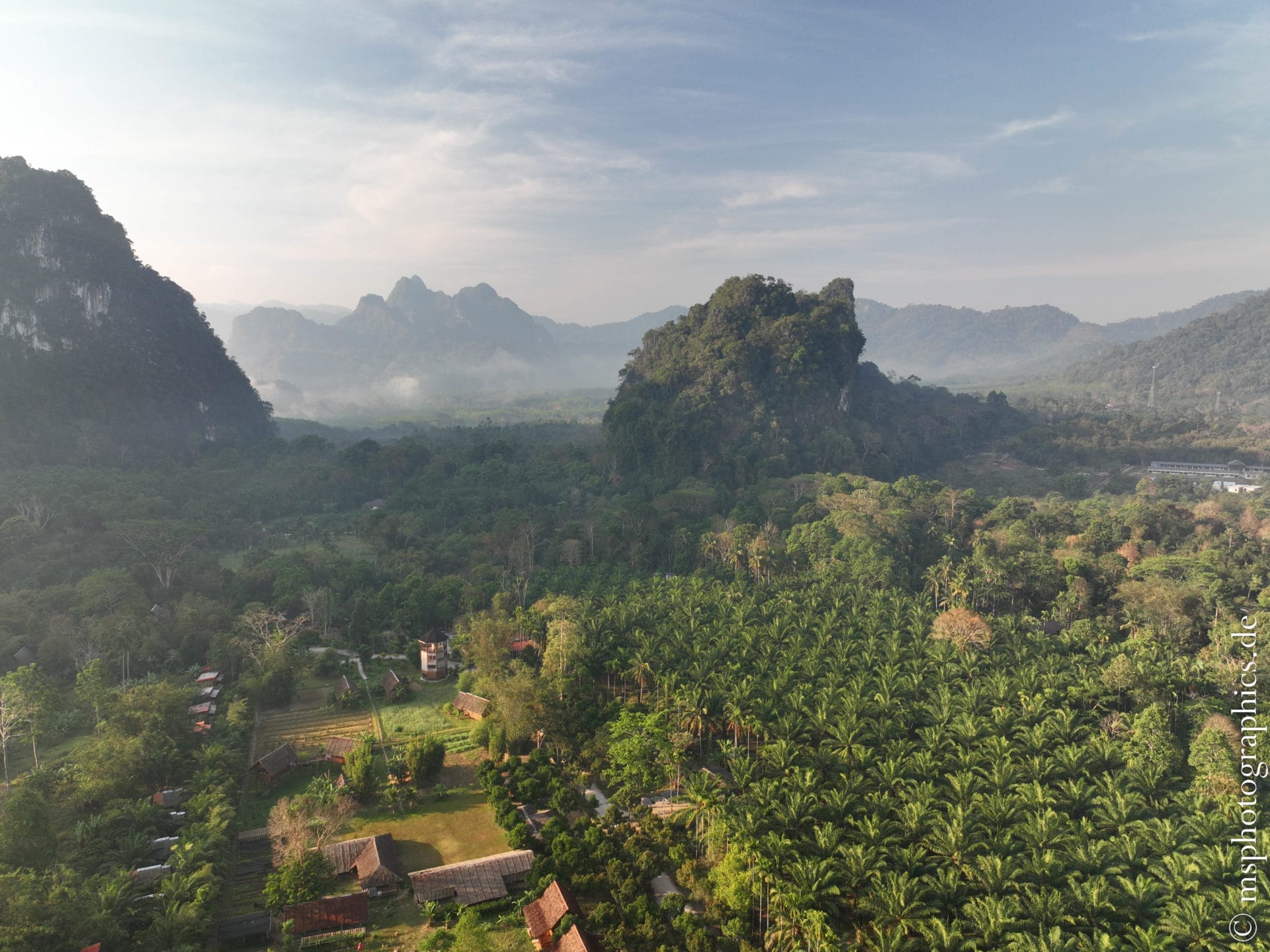







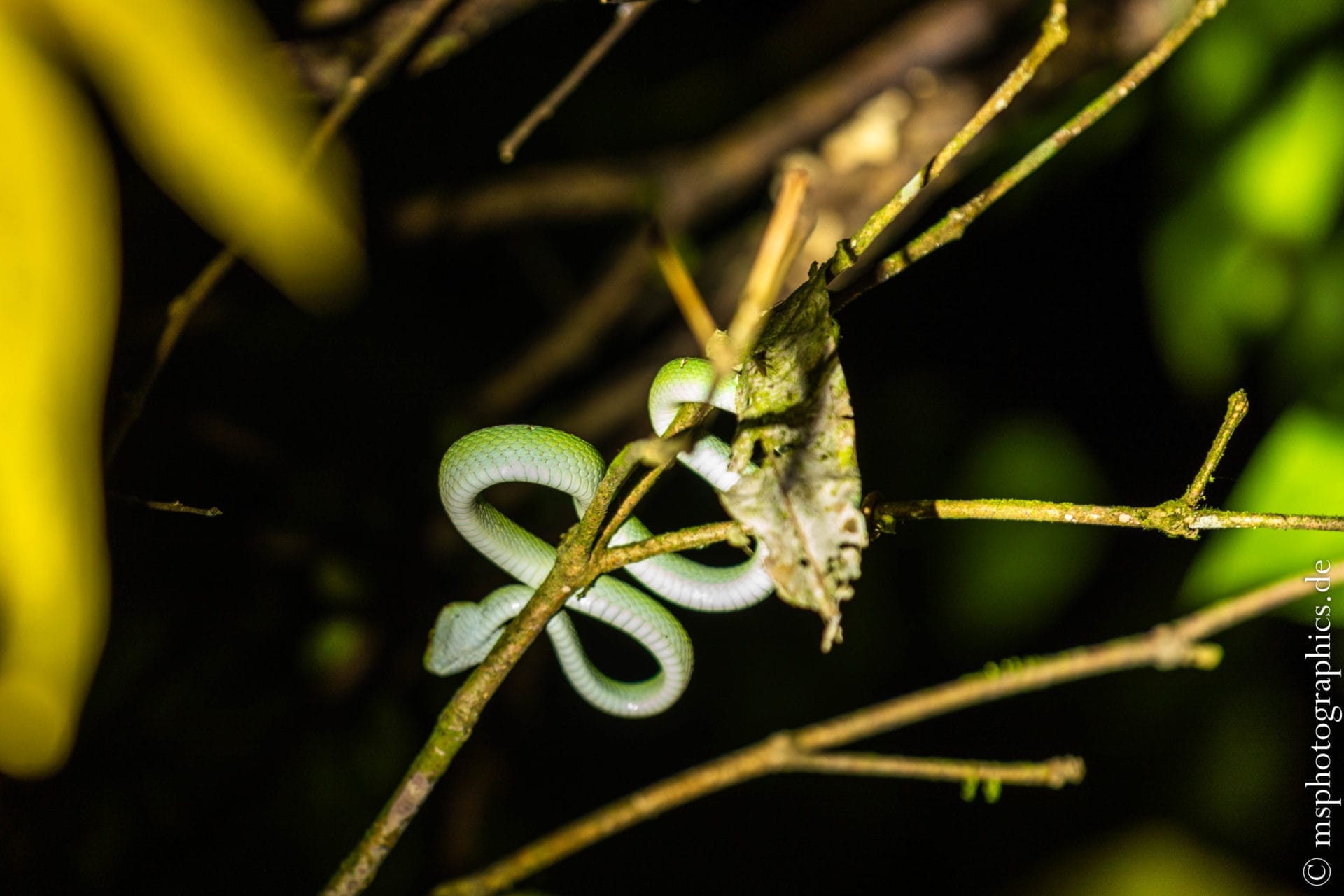


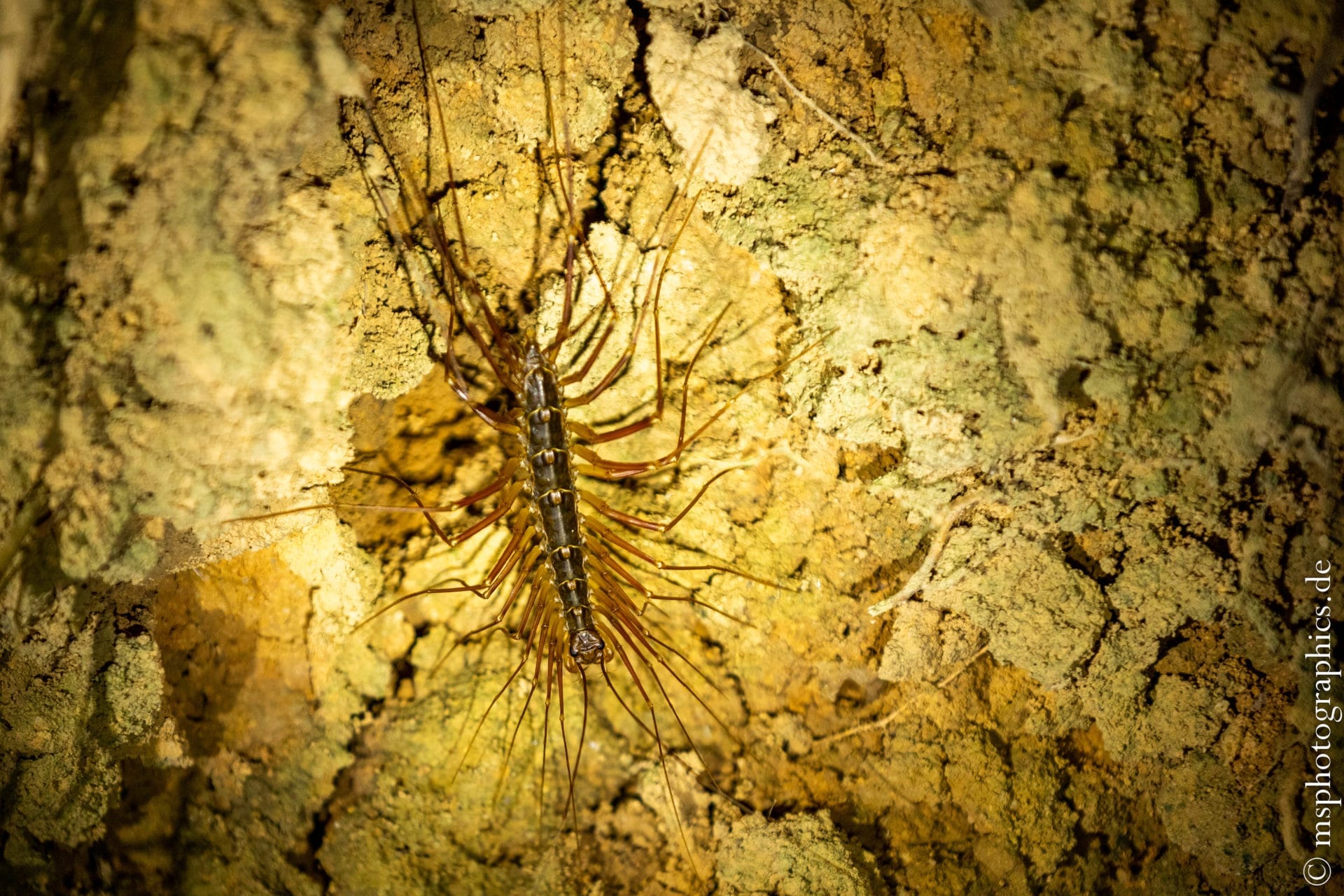



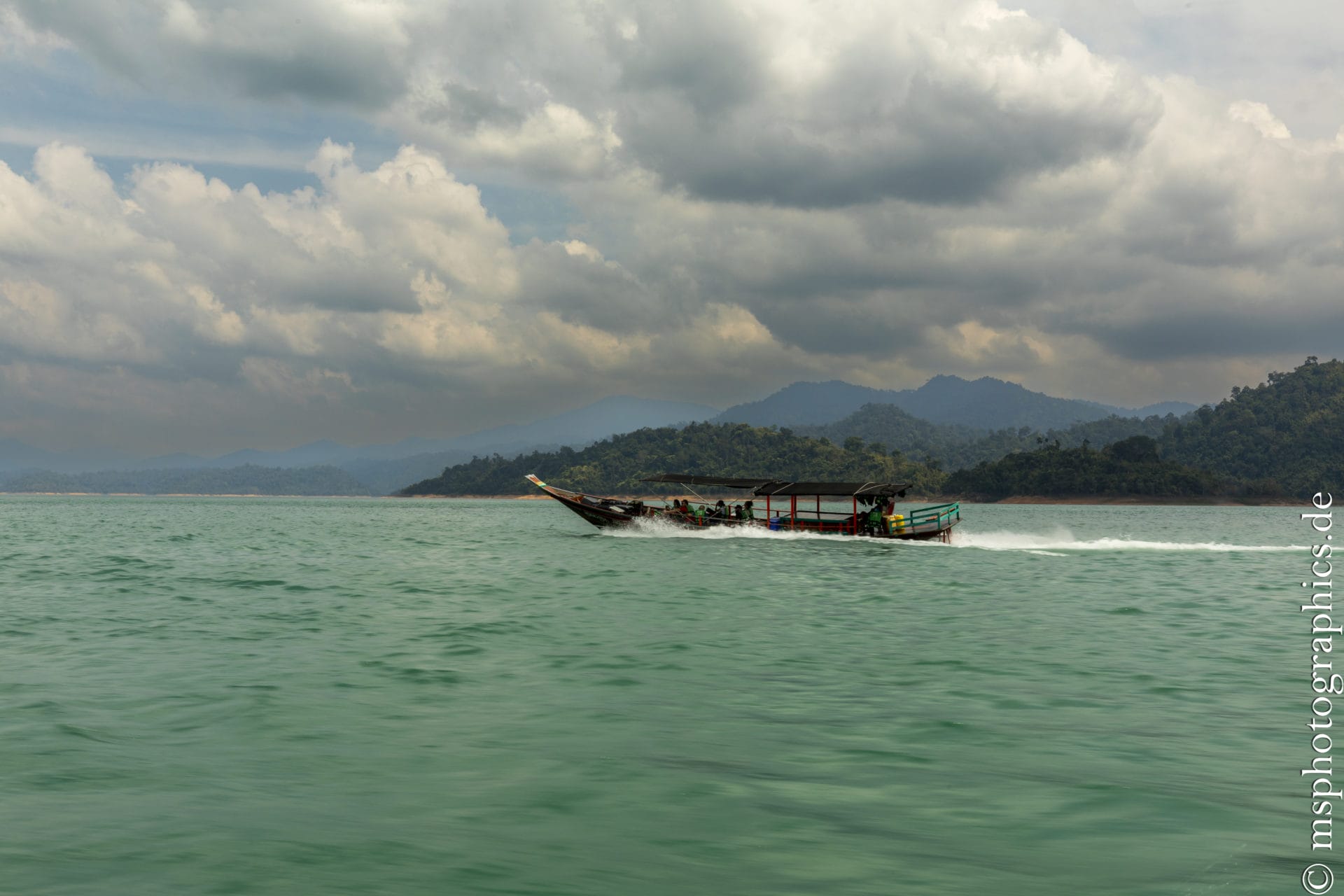
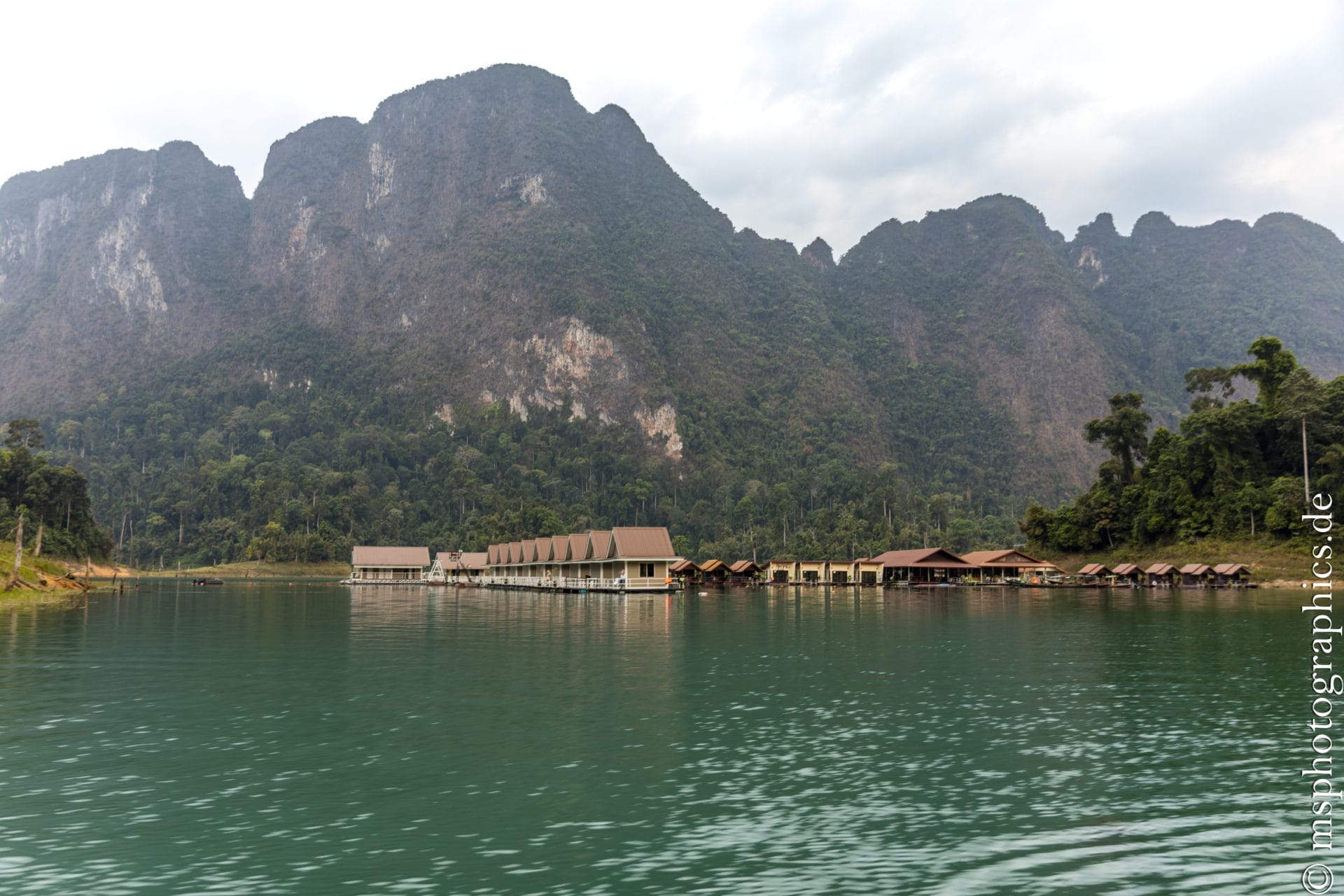



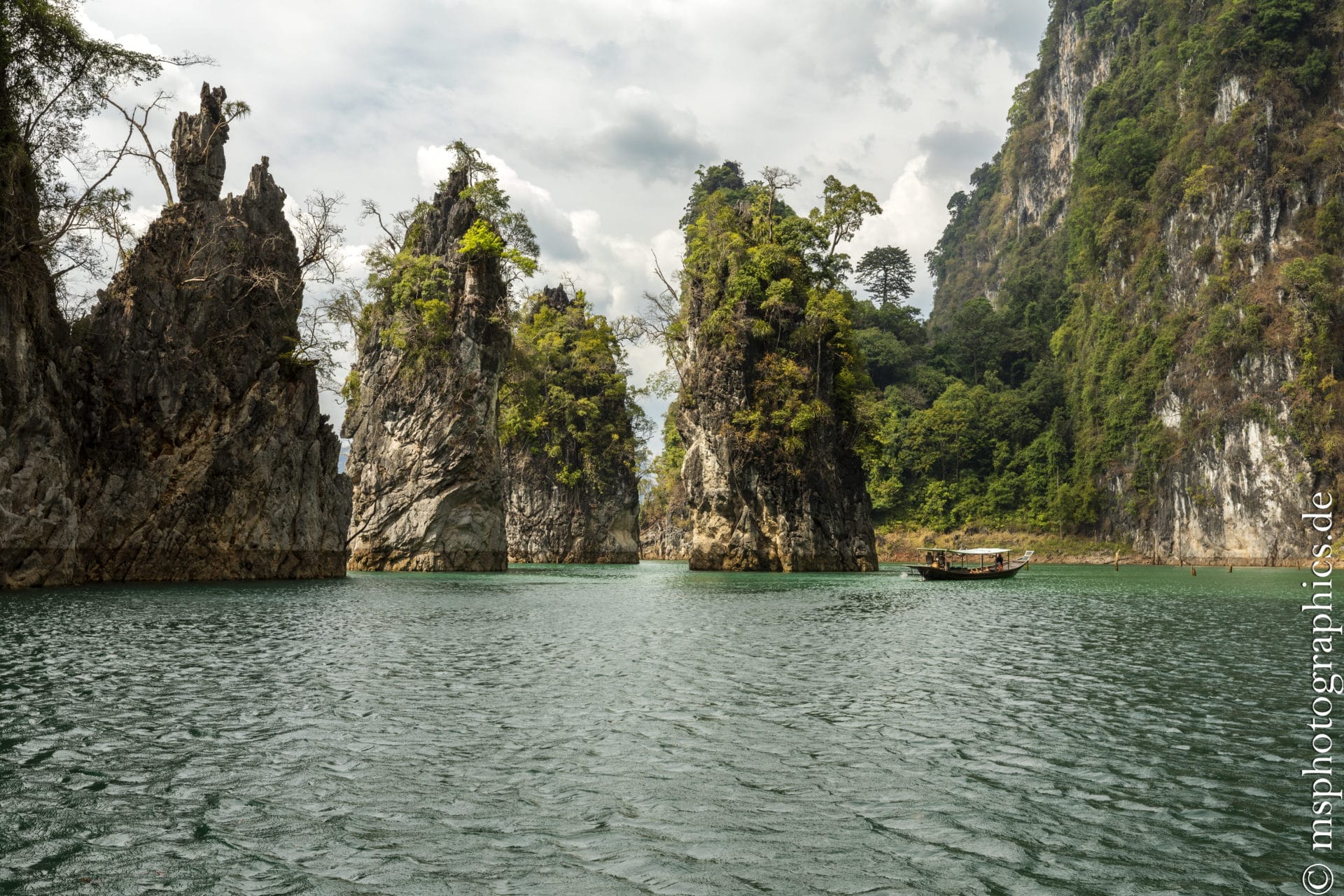
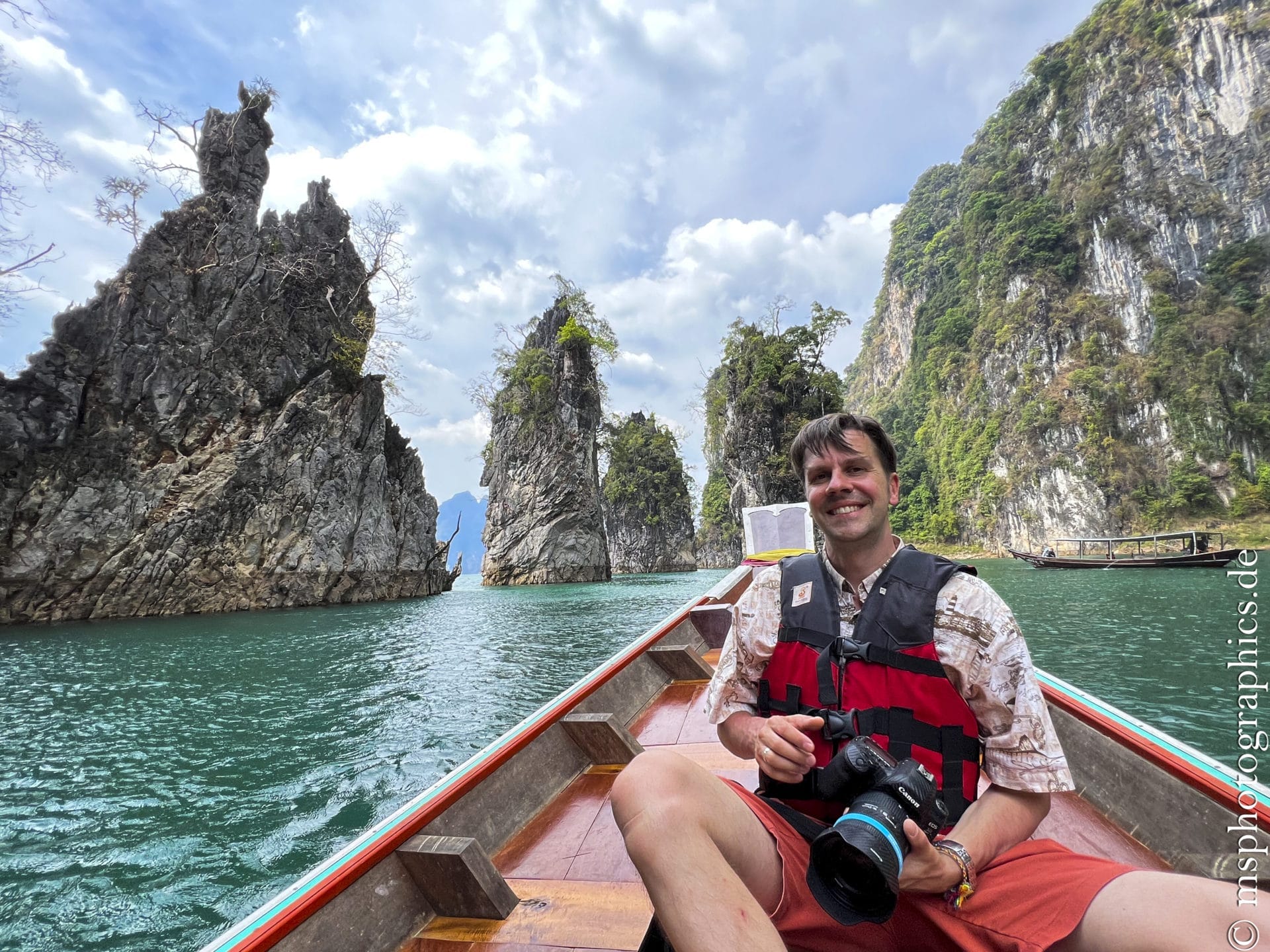

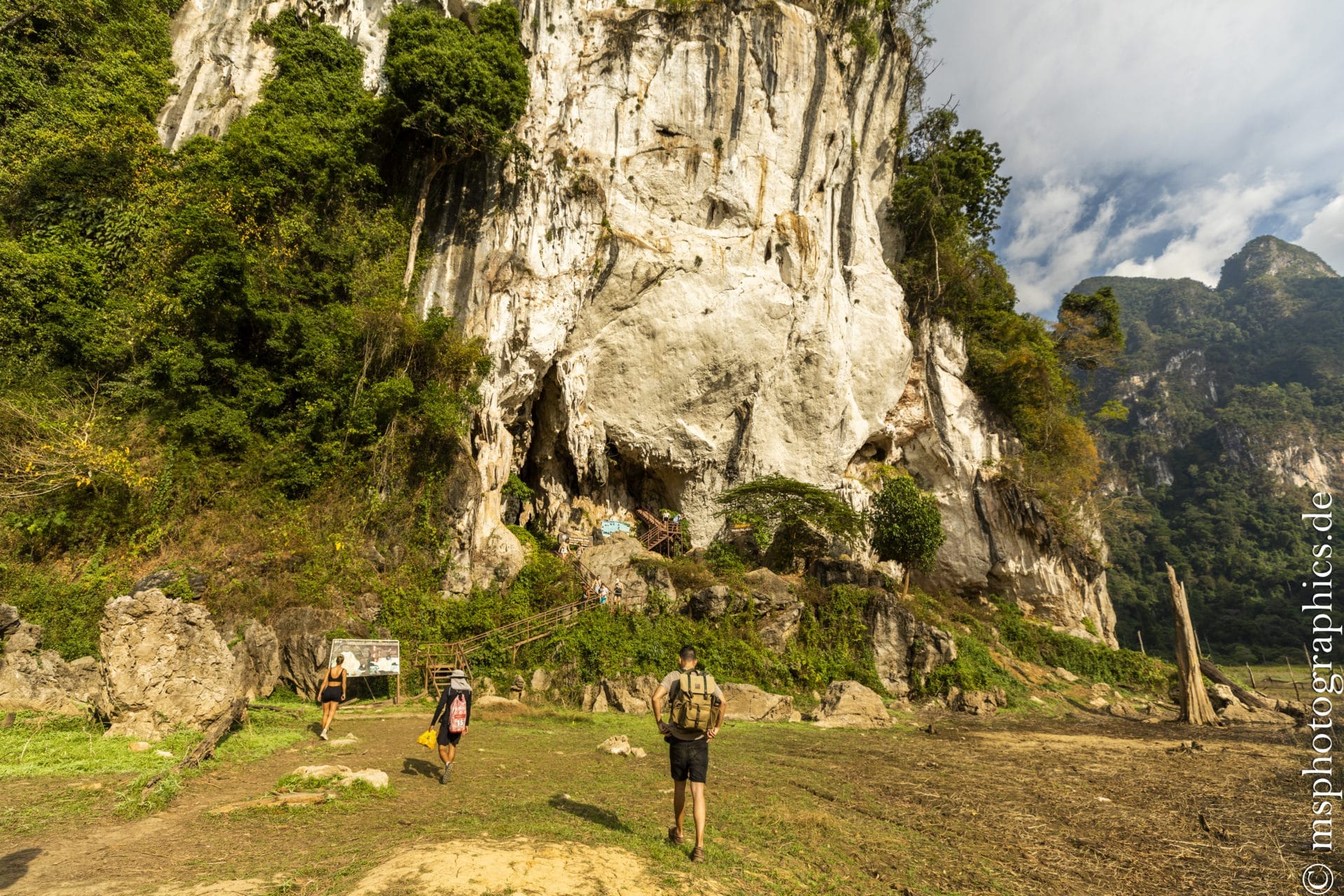















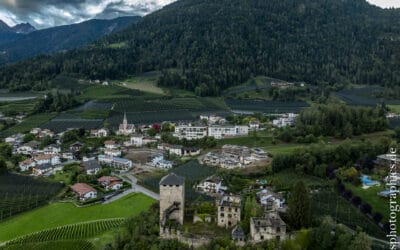
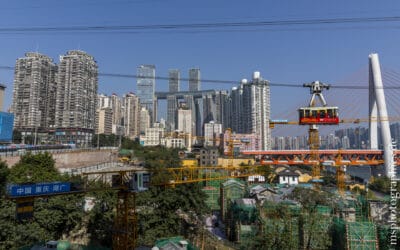
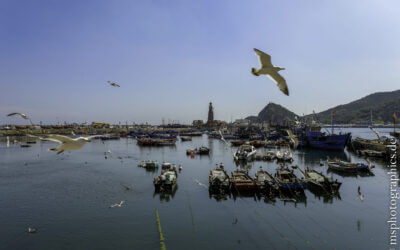
0 Comments